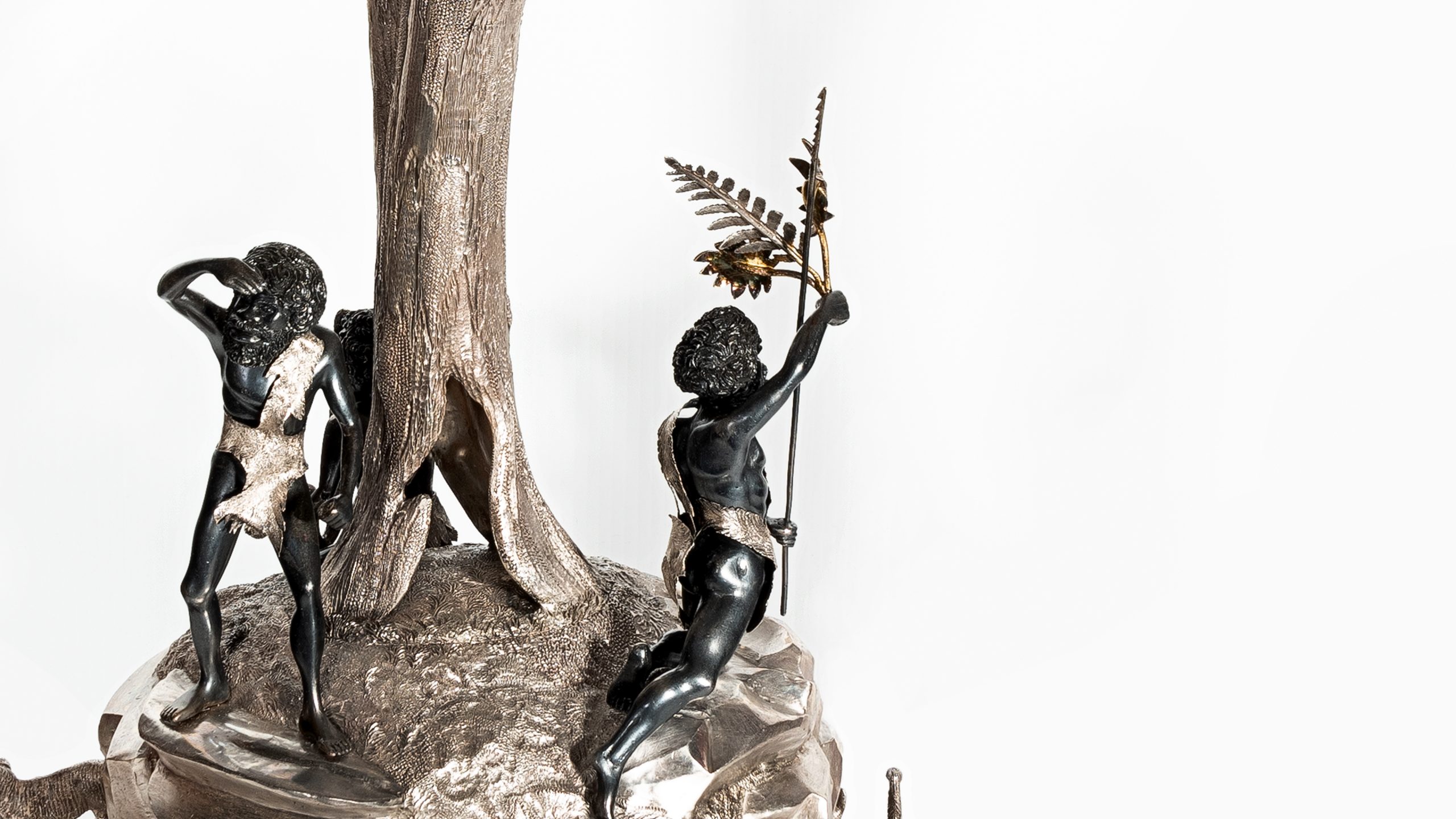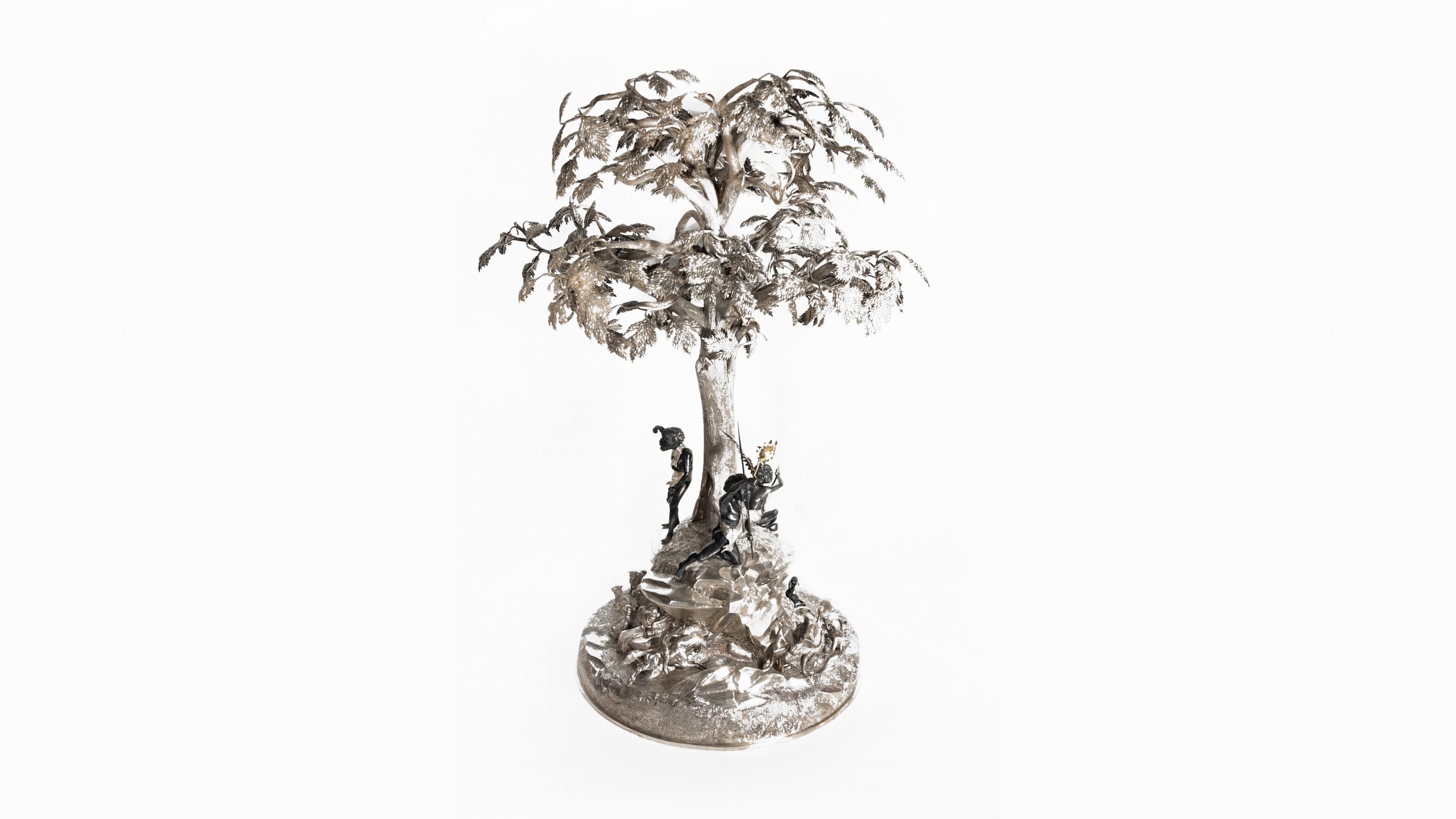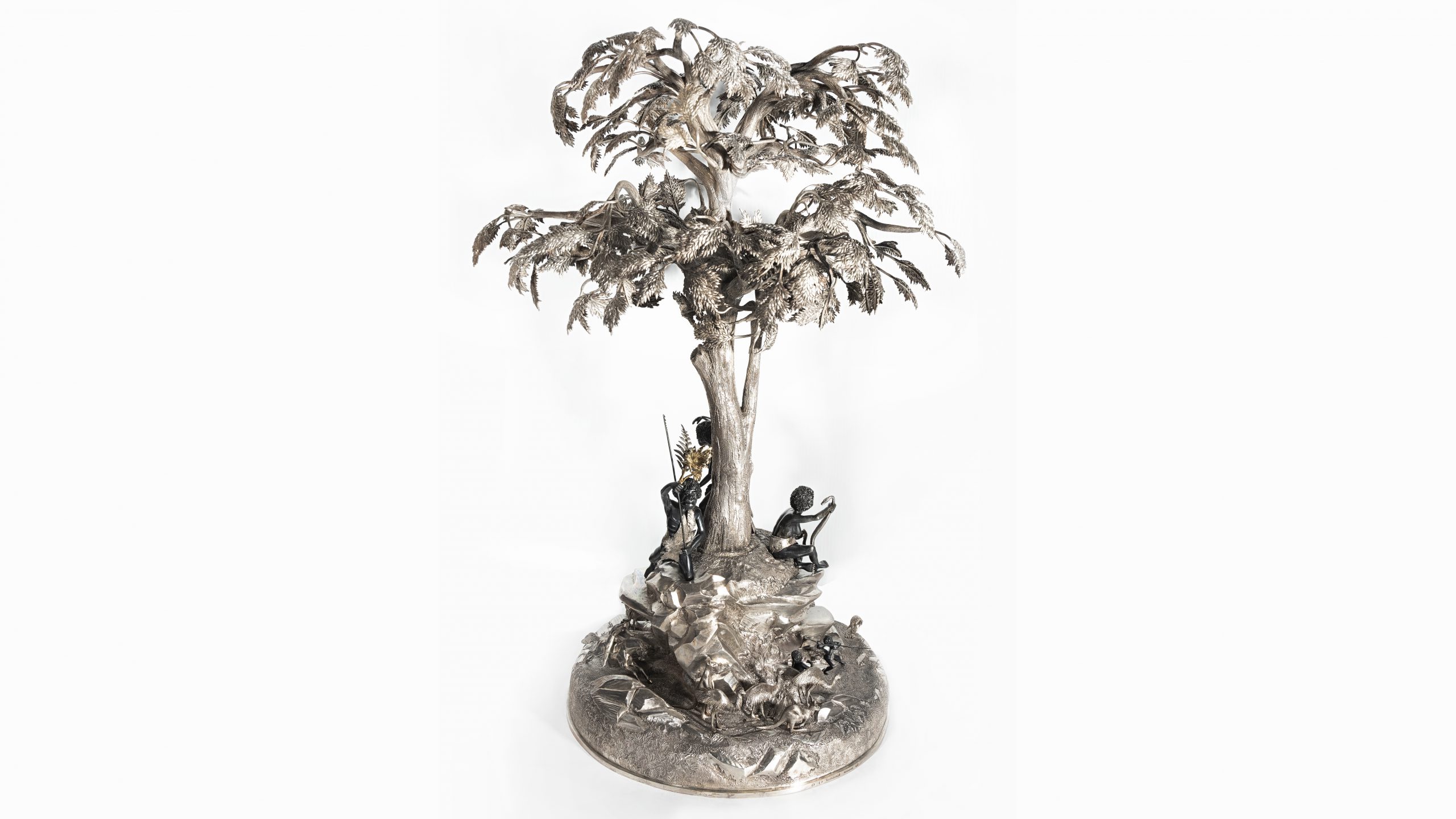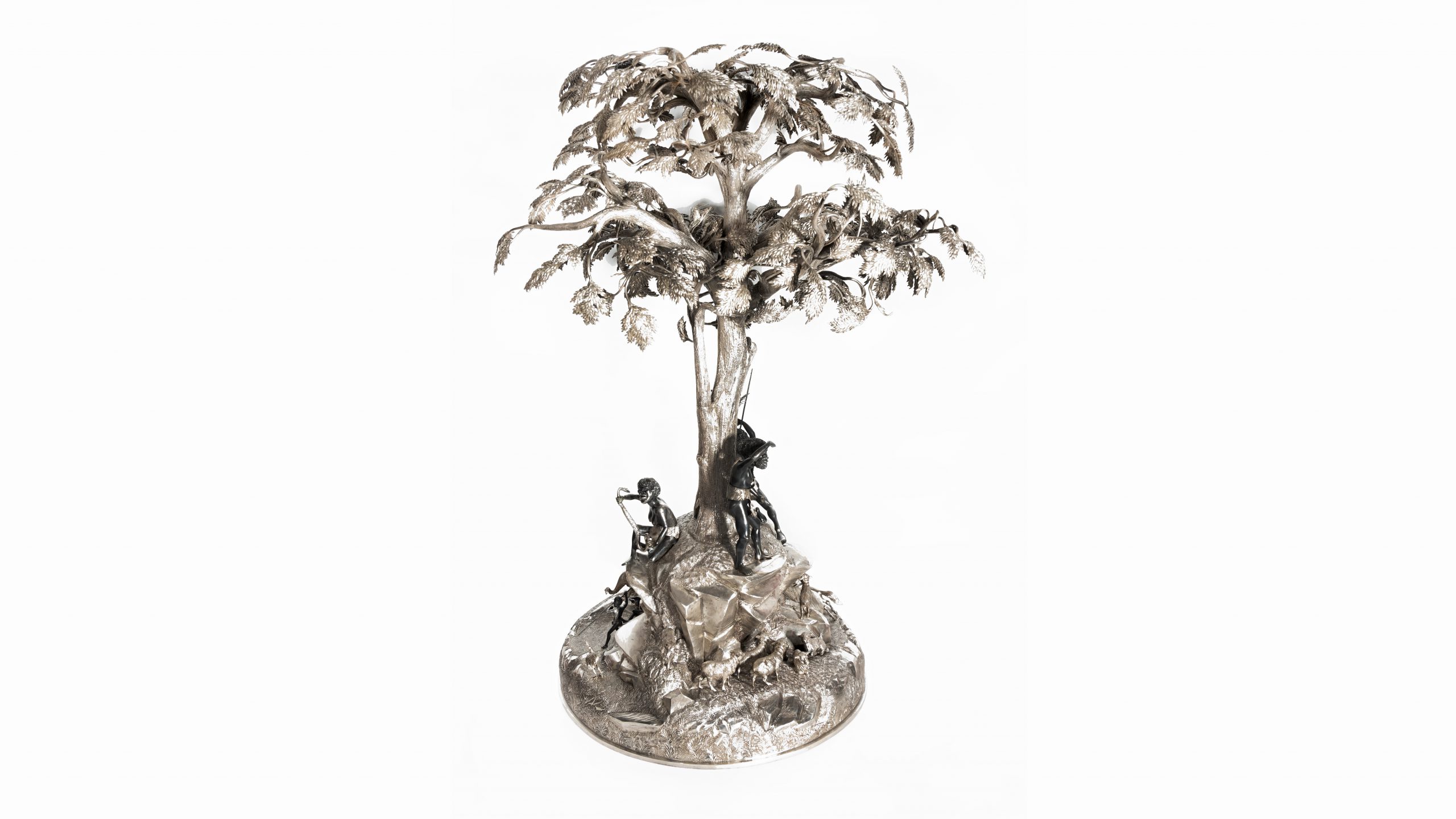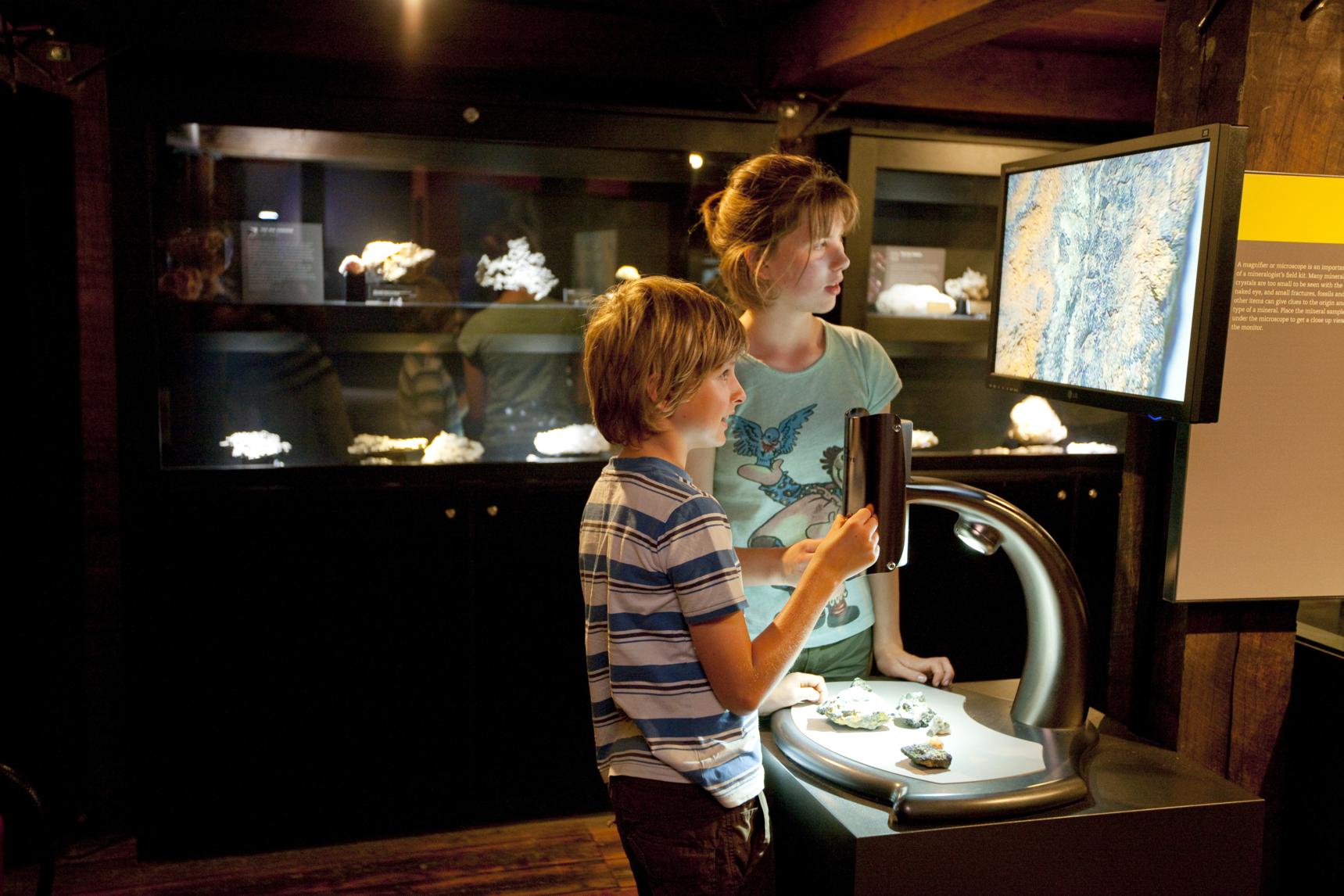Ground-breaking Australian Design
Henry Steiner's Stunning Silver Tree
Designed by renowned colonial silversmith Henry Steiner (1835-1914), The Silver Tree epergne stands at more than half a metre high, features twenty figures on its base and has an illustrious history. It got tongues wagging at the Melbourne International Exhibition of 1880–81 and cemented Steiner’s place in Australian design history.
Possibly lured by the gold rushes of the 1850s, German-born Henry Steiner is thought to have arrived in Australia in 1858 on the Ohio. He established a silversmithing business in Rundle Street in Adelaide, and his work was soon in demand among the affluent citizens and civic leaders of the city. His other notable work from that time includes Adelaide’s Mayoral chain and mace, racing trophies and ornate epergnes.
Epergnes are elaborate, raised centrepieces that hold serving bowls and were a favourite feature on the dining tables of wealthy Europeans in the 1800s. Their designs often reference nature and in addition to providing extra space on the table, they were a conversation starter and a way of showing guests that you had money to spend on ornaments.
European epergnes usually featured stags, hunting dogs and mythological creatures. Steiner however, had other ideas for The Silver Tree and created a uniquely Australian epergne, incorporating Aboriginal people, kangaroos, emus, sheep and boundary riders into his designs. These features were an unusual choice for their time, and in 1880 when The Silver Tree went on display at the Melbourne International Exhibition, its local motifs were a talking point among the colonial settlers, who usually looked to Europe for their design cues.
Steiner’s displays at the Paris Exhibition Universalle in 1878 and The Melbourne International Exhibition in 1880 ensured that his name was never far from the lips of Adelaide’s moneyed elite. Charles Rasp, who discovered silver at Broken Hill in 1883, commissioned two centrepieces similar in style to The Silver Tree for his home Willyama at Medindie in Adelaide in 1886.


